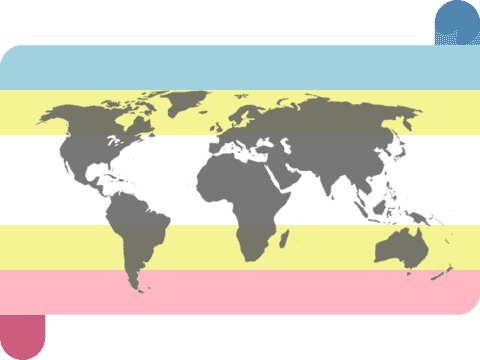What is a "risk factor"?
If you read research on minor-attracted people (MAPs) or child sexual abuse (CSA) prevention, you've likely encountered the term "risk factor." It's a longstanding concept in psych…
What is MAP pride?
The concept of pride for minor-attracted people (MAPs) is one of the most controversial aspects of the minor-attracted person movement . From conspiracy theories about MAPs joining the LGBTQ communi…
Intro to paraphilias
It's no secret that sexuality is often strange. This is especially true in the digital age, where influencers can make thousands each month selling fart videos and entire forums exist solely to …
Therapy for minor-attracted people
Therapy can be an incredibly effective ( albeit risky ) treatment option for minor-attracted people (MAPs), who often face increased isolation and an elevated risk of mental health issues due to the …
Therapy can be risky for pedophiles
For many people, going to therapy when they have mental health concerns seems like a no-brainer. At worst, they might encounter prohibitive costs or a therapist who doesn't quite get them. But fo…
Do pedophiles want help?
Even as the benefits of destigmatizing pedophilia become more widely understood, many people cling to outdated beliefs about pedophiles and other minor-attracted people (MAPs). Among the most common…
What is pedophilia?
Despite the term's widespread use in public discourse, many people have a remarkably poor understanding of what pedophilia is and what it means for someone to be a pedophile. This can be attribut…
Does stigmatizing pedophilia prevent abuse?
In an effort to justify the widespread stigma directed at individuals who are attracted to minors, some people claim that this stigma plays a role in preventing pedophiles and other minor-attracted p…









